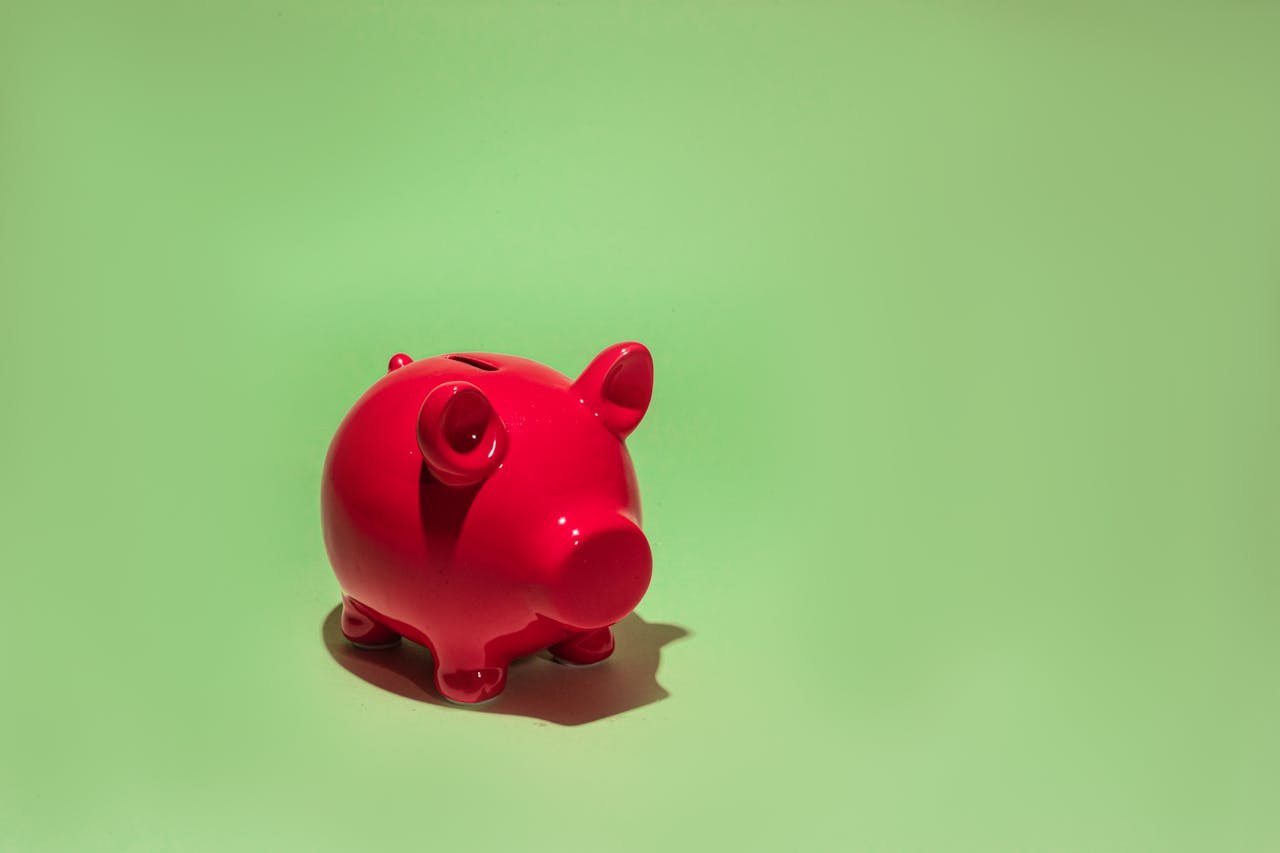This post contains affiliate links, which means I may earn a commission if you make a purchase through my links, at no extra cost to you. Please read my disclosure for more information.
Let’s get one thing straight: you don’t need a six-figure salary to build an emergency fund. You just need a strategy — and a bit of persistence. As a CPA who’s spent years helping people untangle their financial messes, I can tell you firsthand: the clients who build real financial stability aren’t always the highest earners. They’re the ones who commit to small, consistent financial habits that actually stick.
So if you’re broke, behind, or just overwhelmed, this guide can serve as a great starting place for you. Here’s how you can build an emergency fund from the ground up — even if your checking account says otherwise (or even snickers at you).
What Is an Emergency Fund — and Why You Need One
Think of an emergency fund as your financial firewall. It’s a stash of money you set aside specifically for unexpected expenses — this could be a car repair, job loss, medical bill, or even veterinary surgery when your German Shepard puppy swallows a sock.
Without a safety net, those emergencies can derail your entire budget, forcing you to lean on credit cards or payday loans (a.k.a. the financial equivalent of setting your hair on fire!!).
How much should you aim for in an emergency fund?
-
Bare minimum: $500–$1,000 for starters
-
Long-term goal: 3–6 months’ worth of essential living expenses
Right now, this may sound impossible. But I promise you, it’s not. Let’s break it down.
Step 1: Know Your Real Numbers
The first step to building any emergency fund — especially if money is tight — is knowing exactly where your cash is going.
“What gets measured gets managed.” — Peter Drucker
✅ Open your bank statements from the last 60 days.
✅ Categorize every expense: fixed (rent, insurance) vs. variable (dining out, streaming, impulse Amazon purchases).
✅ Identify “leaks” — those small, daily expenses that add up faster than you’d think.
I assure you this exercise is not about guilt. It’s about getting clarity so you can find money you didn’t realize you had.
Step 2: Create a Micro-Budget With a Line Item for Savings
Let me put on my CPA hat for a moment: If you don’t budget for savings, you won’t save. It’s that simple.
Even if you’re living paycheck to paycheck, build in a small, consistent transfer to your emergency fund — even $5 per week counts.
💡 Pro tip: Use a zero-based budget system where every dollar has a job. That job can (and should) include future you.
Step 3: Open a Separate High-Yield Savings Account
This is a mindset trick and a financial best practice (and one that has worked wonders for me personally over the years).
-
Separate account = fewer impulse withdrawals (and forget it even exists)
-
High-yield = you earn a little interest while you wait
Look for an account with no monthly fees, no minimum balance, and at least 4% APY (many online banks offer this as of 2025). Don’t overthink it. Just open it and nickname it “Emergency Fund – Do Not Touch.”
Step 4: Fund It With Found Money
You don’t have to “find” extra money in your budget — sometimes you have to create it. Here’s where you can start:
-
Cashback apps (Rakuten, Upside, etc.)
-
Sell unused stuff (Facebook Marketplace is a goldmine)
-
Bank sign-up bonuses (some pay $250+ for opening an account)
-
Use tax refunds, rebates, or birthday money strategically
-
Round-up savings apps that automate your change (e.g., Acorns, Qapital)
Every time you earn unexpected money, train yourself to move it into your emergency fund first.
Step 5: Set a Goal and Track It Visibly
This might sound a bit silly, but trust me: visual progress = psychological momentum.
Use a free emergency fund tracker (a spreadsheet, printable, or app). Every $10 saved should feel like a win. When you’re broke, building savings isn’t just a financial act — it’s an emotional victory.
Step 6: Make It Automatic (So You Don’t Have to Think About It)
Set up an automated transfer from your checking to your emergency fund every payday. Even $10 or $20 matters. If you wait until the end of the month to see “what’s left,” there never is anything left. Trust me — I’ve seen hundreds of budgets.
You want your savings to become a non-negotiable line item, just like rent.
Step 7: Protect It Like It’s Your Job
Your emergency fund is not for any of the following uses:
-
A vacation fund
-
A splurge fund
-
A “treat yourself” savings stash
Guard it like the egg you had to take care of in that fifth grade class project. Only use it for true emergencies — those that are unexpected, urgent, and essential.
If you dip into it, that’s okay — that’s what it’s there for. But your goal should always be to replenish it quickly, even if it’s just $5 at a time.
Final Thoughts: Progress Over Perfection
Building an emergency fund while broke isn’t about perfection — it’s about progress. If all you can save is $2 a week, start there. The habit is more important than the amount.
The truth? I’ve seen clients claw their way out of deep debt and build thousands in savings starting with less than you probably have right now.
So don’t wait until you “have more money” because for most of us, that day will never come. For real success, start with what you have. And start now.

